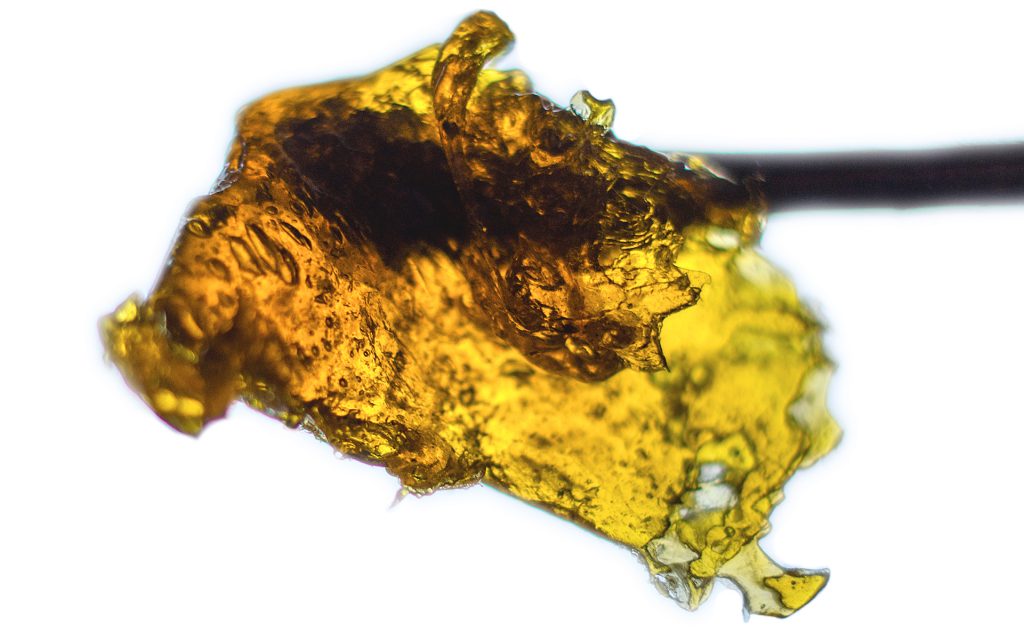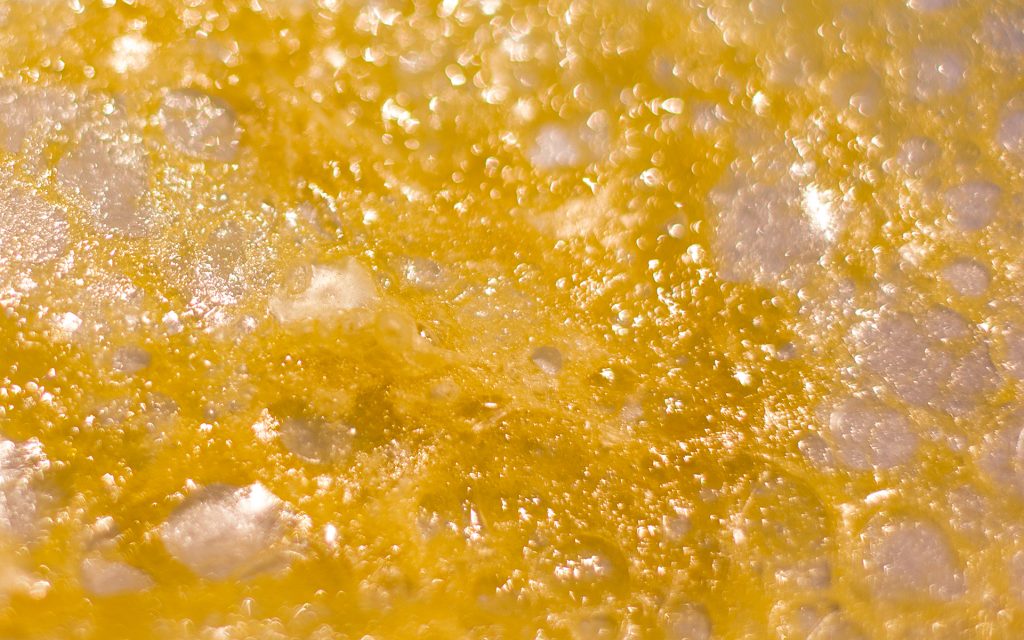There are many types of concentrates available in the cannabis industry today. When it comes to choosing one that is right for you, it’s always important to keep your desired consumption method in mind. Although there is certainly more than one way to enjoy a concentrate, dabbing is often touted as the paradigm, mostly because it is universally accommodating to almost any variety of product.
However, given the diversity of concentrate varieties in existence, it can be a bit confusing figuring out which ones are easier to dab than others. Granted, certain “hash oil” varieties such as solvent-based shatters and waxes are inherently simple to dab. Alternatively, if you were to ask your budtender for a “solventless” concentrate, it’s not guaranteed that the products you’ll be offered will work seamlessly with your current dab rig setup.
Fortunately, there are ways you can prepare yourself for knowing which products are easier to dab and which are not, as well as a few tricks you can use to manipulate some of your more tricky solventless cannabis concentrates into fully “dabbable” hash oils. It’s super easy, takes no time at all, and only needs a few common household items.
Your concentrate’s ‘dabbability’ depends on its melt factor

When identifying what products are capable of being dabbed, the make or break mechanism at play is a concentrate’s melt factor. If you want to dab a concentrate successfully, it’s going to need to melt virtually effortlessly on your nail with little to zero residue left behind. Hash oils, which have been manufactured with chemicals such as butane and propane, tend to melt at a 100% rate due to their extremely refined nature. On the other hand, some mechanically separated solventless concentrates such as sifts (kief), ice water extracts, and rosins can experience varied melt factors based on their individual purities.
For instance, highly refined dry sift which contains nearly 100% separated pure trichome gland heads can indeed melt completely on a nail, whereas a lower-quality product of the same classification may may have a harder time melting due to maintaining a higher concentration of fats, lipids, and/or other particulates left behind in the less refined separation process. This isn’t to say that the quality in lesser-refined concentrates is necessarily lacking; however, because certain particulates are left behind in the hash, carbon residue is highly likely for these types of solventless concentrates. This buildup over time is not desirable for dab rig nails and can end up compromising the integrity of future pulls.
How can you determine your concentrate’s melt factor?

There is no universally adopted method for identifying and determining melt factors as they pertain to solventless hash varieties. However, many industry professionals refer to a star rating scale that was introduced in the community a few years back to give a base classification to a concentrate’s meltability. This system is based on a 1-6 star classification system, with anything over 5 stars representing a near to full melt and anything under 3 stars identifying products that do not melt well if at all.
Unfortunately, this particular system, although still in use, does little to help the undiscerning hash enthusiast determine a product’s melt factor while at the retail counter. Therefore, one of the easiest ways to tell is to ask the budtender if the product is safe to dab and whether or not it will melt completely on a nail. Most of the time, they should be able to provide you with an acceptable answer.
If not, color can be a potential indicator of melt factor if you know what to look for. Samples displaying an off-green hue tend to exhibit lower melt factors as the pigment is an identifier of chlorophyl presence within the concentrate. Darker concentrates can also contain contamination, but not always since darkness can also be an indicator of properly aged trichome gland heads (as is the case in premium old world hashishes).
How to dab hard-to-melt cannabis concentrates

Solventless cannabis concentrate products of all melt factors can be used safely with any dab rig if the proper tools are handy. Here are three tips that you can use to help with concentrates that have a hard time melting.
1. Use a screen
Copper and silver screens designed specifically to house melting concentrates are available for pennies to the dollar at most dispensaries and head shops. To use one, simply load a screen with your concentrate and place it directly on the top of your nail using tweezers, tongs, or a special dabbing tool. This allows the carbon residue to build up on the screen and not your nail.
2. Press your hash
Sifts, ice water hashes, and other difficult-to-handle concentrates with higher melt factors can be pressed lightly between two warm surfaces to make for a more functional and workable products. Here, the heat and pressure actively melt the gland heads together, forming a uniform sheet or patty that can be easily dabbed on a nail or screen (depending on meltability). This can be done with either a slightly warm (not hot) hair straightener, or even your fingers.
3. Make rosin
For situations where you have a sift or hashish that simply will not melt, and/or if you want to convert any type of solventlesss concentrate into a “hash oil,” making rosin is the way to go. With the rosin technique, you can effectively convert low to zero melting hash varieties into golden melty hash oil in seconds using the correct amounts of heat and pressure. Try this tech out yourself at home using a low temperature (<300f) hair straightener, some parchment, and your starting material. When it comes to making rosin, there are all kinds of products out there to help assist enthusiasts with more efficient and productive ways to achieve consistent and flavorful yields.
Whether you’re feeling like an extract artist and want a DIY approach to making your own full melt hash oil at home or simply want a better way to identify solventless concentrates at the dispensary, these tips should keep you grounded when figuring out the age old question, “Will it dab?”
This post was originally published on March 30, 2017. It was most recently updated on June 28, 2020.




